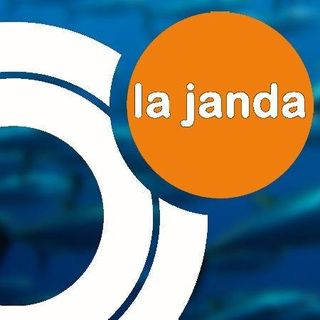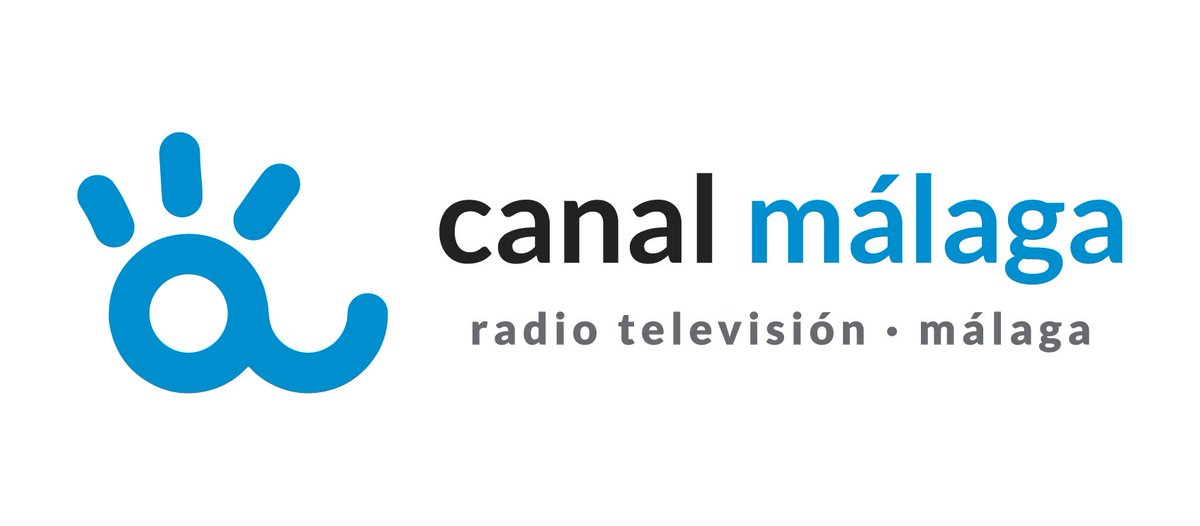http://lcotiv.com/tv/10645933776.html
Televisión de Galicia (TVG), commonly known as A Galega ("The Galician [One]"), is the primary television channel of Galician public broadcaster Corporación de Radio Televisión de Galicia (CRTVG). TVG Momento is the channel of CRTVG.

http://lcotiv.com/tv/31105018009.html
Televisión de Galicia (TVG), commonly known as A Galega ("The Galician [One]"), is the primary television channel of Galician public broadcaster Corporación de Radio Televisión de Galicia (CRTVG). TVG Europa is the channel of CRTVG.

http://lcotiv.com/tv/10766440229.html
TV3CAT was, until 29 May 2009, named Televisió de Catalunya Internacional. It was the international channel of Catalonia, Televisió de Catalunya. It is part of Corporació Catalana de Mitjans Audiovisuals (CCMA). That channel was beaming to Europe through Astra satellite and America through Hispasat satellite. TV3CAT belonged to a group of channels where it was found programs from TV3, El 33, Super3, Esport3 and 3/24.
It started to beam, Sunday 10 of September 1995. Since 1 May 2012, it stopped broadcasting on satellite television due to political financial cuts. The station claims it will be continue broadcasting via the internet and through cable and ADSL in Spain.

http://lcotiv.com/tv/20822156168.html
Tuya La Janda Televisión is a television channel in La Janda (Cádiz) that offers local-themed content. Above you can see Tuya La Janda Television live.

http://lcotiv.com/tv/08461684913.html
Mar TV is a regional television station based in Premià de Mar, Maresme (comarca), Barcelona (province), Catalonia.

http://lcotiv.com/tv/55416791483.html
La 7 is a Spanish television channel, launched in 2009. It was founded and started to broadcast in 2009. “La 7 TV” has grown year after year, coming from 0,7% in 2015 to 3% in 2018, which means more than 400% growth of TV audience in the last 4 years.
http://lcotiv.com/tv/09714987647.html
La 2 (The Two) is a Spanish free-to-air television channel that was launched in 15 November 1966 as the second channel of Televisión Española (TVE), the country's public TV broadcaster. Its programming is centred towards cultural TV shows and public service programmes in comparison with La 1, its sister channel, which is a generalist one. Some of the channel's filming and production of programmes are produced in the studio of San Cugat del Vallés, in Catalonia.
The channel started broadcasting in 1966 on UHF frequencies. As RTVE was doing initial test broadcasts on that band, the channel in Spain was simply referred to as "UHF". It also received other names, such as "Cadena II", "Segunda Cadena", "Segundo Programa" or "TVE-2" until it adopted the name "La 2" during the 1990s, with the launch of private television networks.
In the 1960s, the Spanish minister of Information and Tourism, Manuel Fraga Iribarne, decided that Televisión Española should start broadcasting a second television channel on UHF frequencies, following other European broadcasters that did the same. In 1 January 1965, TVE's second television service was launched in Madrid as a test broadcast, with programming limited to 4 hours at night that consisted on musical slots and re-airings of TV shows from Primera Cadena, mostly Telediario newscasts and Estudio 1.
Regular broadcasts were started on 15 November 1966. TVE started producing original programming for the channel, mainly produced at the broadcaster's headquarters in Barcelona. UHF's first director was Salvador Pons Muñoz. In its first years, the channel could only be received on Madrid, Zaragoza and Barcelona, cities in which the UHF technology was implemented; it only aired at night and not all TV sets could tune in to. Most TVs couldn't receive UHF broadcasts, so an UHF decoder was needed.
As TVE's strategy evolved into turning the first channel into a generalist channel, niche programming was moved to UHF. Under the Salvador Pons administration, the second channel received artists from the country's Official Film School, such as Claudio Guerin, Pedro Olea or Antonio Mercero, people who would use the channel as a test zone to air alternative programming, such as documentaries or fiction shows. There was a high share of cultural programmes, like classical music blocks or theatre slots.

http://lcotiv.com/tv/07018177909.html
La 1 (The One) is the flagship television channel of Spanish public broadcaster Radiotelevisión Española (RTVE). It was launched on 28 October 1956, being the first television service to ever operate in Spain.
Its programming is aimed to a wide range of audiences and includes news (Telediario & Informe Semanal), debate programmes, documentaries, sports and entertainment shows.
Televisión Española (TVE), was the original name of the channel from 1956 until the launch of sister channel TVE2 in 1966. It was known from then mainly as Primera Cadena, and alternately in the 1970s as Primer Programa and later as TVE1. In the 1990s it was renamed as La Primera.
La 1 is state-owned and until 31 December 2009 it did show adverts in order to fund itself. On 31 December 2013, an HD simulcast called La 1 HD was launched.

http://lcotiv.com/tv/66440454159.html
Condavisión is a private local television for the demarcation of Almonte, with coverage in the Huelva County, owned by the Azahara group. Condavisión, television belonging to the Azahara de Comunicaciones Group, has expanded its coverage in the province of Huelva.

http://lcotiv.com/tv/60691833630.html
Canal Málaga RTV, the municipal television of Malaga, with the aim of showing programs to all corners of the country, will give the images to the national network 13 TV. In addition, it will do the same with Canal Sur for the whole of Andalusia and the Malaga newspapers Diario Sur and La Opinión de Málaga so that they can broadcast it. The broadcast can also be followed live through Canal Málaga Radio (97.4 FM).
